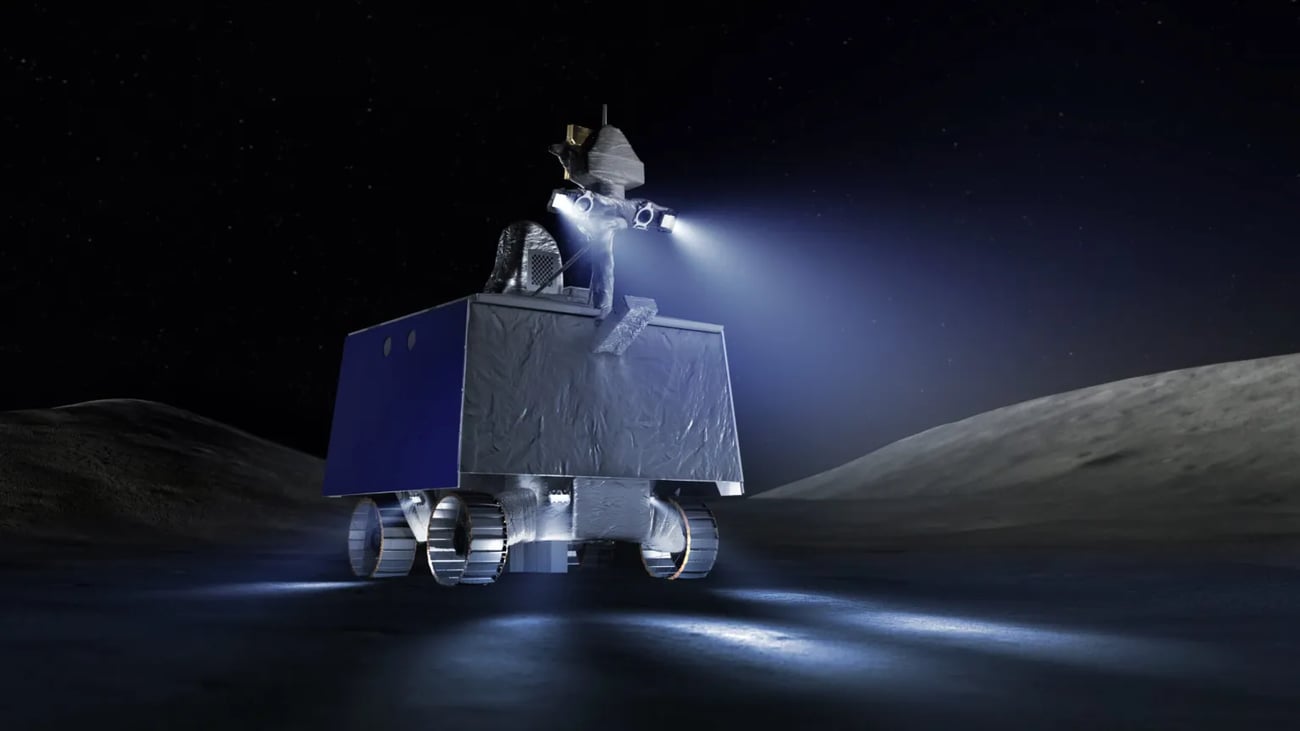Top Stories of the Week From SpaceNews
Welcome to our weekly roundup of the top SpaceNews stories of the week, brought to you every Friday! This week, Blue Origin successfully tested the New Glenn upper stage, the FAA defended its licensing process, the FCC released more spectrum to NGSOs, and more. | Our Top Story |
|
|
|
By Jeff Foust, Sept. 26, 2024 |
|
|
|
Blue Origin successfully tested the upper stage of its first New Glenn rocket, but on a schedule that appears to vindicate a NASA decision not to use it for a mid-October launch of a Mars mission.
Blue Origin said it test-fired the second stage of the New Glenn on the pad at Cape Canaveral's Launch Complex 36 Sept. 23. The two BE-3U engines in the upper stage fired for 15 seconds in the test.
The test firing "marked the first time we operated the vehicle as an integrated system," the company stated, testing interactions among various vehicle systems and ground equipment. It also provided practice for the launch control team. Read More |
|
| | |
|
FAA administrator defends SpaceX licensing actions on safety grounds
The remarks by FAA Administrator Mike Whitaker at a Sept. 24 hearing of the aviation subcommittee of the House Transportation Committee and the rebuttal by SpaceX represent the latest chapter in an increasingly strident dispute between the agency and the company on regulation of commercial launches. Read More
The regulator unanimously voted to give Starlink and other NGSO operators access to frequencies in the 17.3-17.7 gigahertz band for satellite communications provided to fixed points on Earth, such as a stationary residential antenna. Read More
Space junk in cislunar space — the region between the Earth and the moon — or orbiting the moon itself would be cause for concern, two Purdue University scientists conclude in recently-published research, and warrants preventative measures. Read More | | |
|
|
|
| | NASA funds Starfish Space debris inspection mission
NASA announced Sept. 25 that it awarded a Phase 3 Small Business Innovation Research (SBIR) contract worth $15 million to Seattle-based Starfish Space to complete development of a mission called Small Spacecraft Propulsion and Inspection Capability, or SSPICY, scheduled for launch in late 2026. Read More
Colorado-based Lunar Outpost announced Sept. 24 that Leidos had joined its Lunar Dawn team that is designing a rover for NASA's Lunar Terrain Vehicle (LTV) Services program. Lunar Outpost was one of three companies, alongside Astrolab and Intuitive Machines, selected for contracts by NASA in April for the first phase of the program. Absent was Lockheed Martin, originally listed as a partner for the project; the companies parted ways after struggling to negotiate terms for the project. Read More
After announcing investments of 100 million euros in January, D-Orbit revealed Sept. 27 that it raised another 50 million euros. The funds will enable D-Orbit to develop space-based cloud computing and in-orbit servicing systems. To date, D-Orbit has conducted 16 missions and flown 14 ION orbital transfer vehicles. Seven more D-Orbit missions are scheduled for 2025. Read More | | |
|
|
|
| | Planet unveils Forest Carbon Monitoring dataset Planet's Forest Carbon Monitoring product offers quarterly estimates of the amount of carbon stored in branches, leaves and other plant tissue above ground at a resolution of three meters per pixel. In addition, it shows canopy height and canopy cover, information often needed for voluntary carbon markets, regulatory compliance and deforestation mitigation. Read More
To lower the barrier to introducing AI for spacecraft, the NASA Goddard Space Autonomy and Resilience (SPAR) lab created the Onboard Artificial Intelligence Research platform, called OnAIR. OnAIR, an open-source-software pipeline and cognitive architecture tool, is publicly available on GitHub. Read More | | |
|
|
|
| | OPINION |
|  | By Clive R. Neal, Ryan Whitley, Daniel Britt and Phillip Metzger, Sept. 23, 2024
| Two months ago, NASA cancelled VIPER, a science rover mission to the moon's south pole to explore for water ice, despite the fact that the rover is fully built and has completed final testing. As professional lunar scientists and engineers unaffiliated with VIPER, we maintain that the cancellation is a mistake. It indicates that NASA is not serious about sustainable space exploration through Artemis, its return to the moon program, and that the United States is willing to let China become the world leaders in lunar science, exploration and resources.
NASA states that "the pillars of science, national posture, and inspiration form the foundation of the agency's exploration plans." The VIPER cancellation directly undermines all three. It signals to the ever-growing lunar community that science is not important under Artemis. It allows other countries to continue to establish the standard for how the moon is to be explored. And it eliminates real time video of the first ever long-lived U.S. rover in operation on the moon that could inspire countless students and the public. Read More
By Phillip Hoover-Smoot
By Matt Gialich
|
|
|
|
SpaceNews is committed to publishing our community's diverse perspectives. Whether you're an academic, executive, engineer or even just a concerned citizen of the cosmos, send your arguments and viewpoints to opinion@spacenews.com to be considered for publication online or in our next magazine. | | |
|
| | | | |
|
|


No comments:
Post a Comment